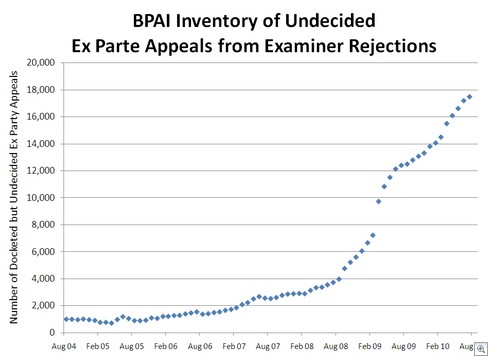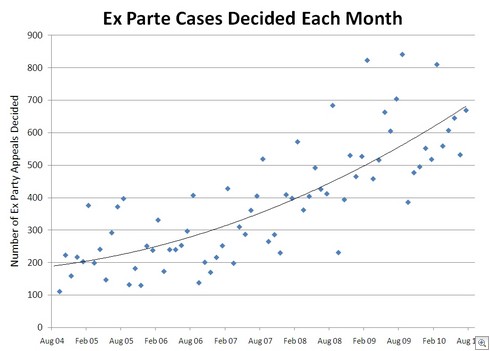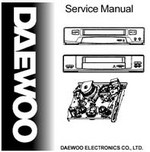Goeddel v. Sugano (Fed. Cir. 2010)
When two inventors both claim rights to a single invention, the USPTO is charged with awarding rights to the “first applicant to conceive the invention, provided that [inter alia,] the invention is duly reduced to practice, actually or constructively.” A foreign-filed patent application can constitute constructive reduction to practice “provided that the requirements of §112 are met.”
Sugano filed its original human fibroblast interferon (hFIF) patent applications in Japan in 1979 and 1980 but did not file the claims for the US continuation-at-issue until the 1990s. Meanwhile, Goeddel filed its application in June 1989. In the interference, Goeddel argued that Sugano’s original filings did not provide sufficient disclosure to satisfy the written description requirement of 35 U.S.C. §112 (with respect to the claims being litigated in the interference).
The BPAI (Board) held that Sugano’s 1980 Japanese Application constituted constructive reduction-to-practice of the claims. On appeal, however, the Federal Circuit has reversed – holding that the disputed claims failed the written description test because claimed DNA sequence used to create an hFIF amino-acid sequence was not explicitly defined by the original application.
The Board erred in ruling that priority is established if a person of skill in the art could “envision” the invention of the counts. Sugano argues that this ruling is supported by Enzo Biochem, Inc. v. Gen-Probe Inc., 323 F.3d 956, 968 (Fed. Cir. 2002) and University of Rochester v. G.D. Searle & Co., 358 F.3d 916, 923 (Fed. Cir. 2004), but these cases do not hold that envisioning an invention not yet made is a constructive reduction to practice of that invention. In Enzo Biochem the court confirmed that depositing an actual sample may meet the written description requirement when science is not capable of a complete written description. Enzo Biochem, 323 F.3d at 970. In University of Rochester the court held that the description of the COX-2 enzyme did not also serve to describe all unknown compounds capable of inhibiting the enzyme. University of Rochester, 358 F.3d at 926-27. Precedent in evolving science is attuned to the state of the science, but remains bound by the requirement of showing “that the inventor actually invented the invention claimed.” Bradford, 603 F.3d at 1269; see Fiers v. Revel, 984 F.2d 1164, 1170 (Fed. Cir. 1993).
Sugano had argued that the specific DNA sequence coding for the amino acids was not necessary because a person of skill in the art could have identified the sequence and therefore, it was “unnecessary to spell out every detail of the invention in the specification.” The appellate panel rejected that argument – holding that the DNA itself should have been identified since the DNA sequence was claimed.
Notes:
- Genentech owns Goeddel’s rights while the Japanese Foundation for Cancer Research owns Sugano’s rights. (Schering is a licensee).


 Funai Electric Company v. Daewoo Electronics Corp. (
Funai Electric Company v. Daewoo Electronics Corp. ( I recently agreed to help raise funds to support efforts to fight breast cancer. The funds that we are raising go toward educational, treatment, and screening programs. As part of the effort, I will be running in the 2010 “Race for the Cure” — a 5K race here in Columbia Missouri on September 19. Please use the link listed below to join me as a sponsor of the run.
I recently agreed to help raise funds to support efforts to fight breast cancer. The funds that we are raising go toward educational, treatment, and screening programs. As part of the effort, I will be running in the 2010 “Race for the Cure” — a 5K race here in Columbia Missouri on September 19. Please use the link listed below to join me as a sponsor of the run.